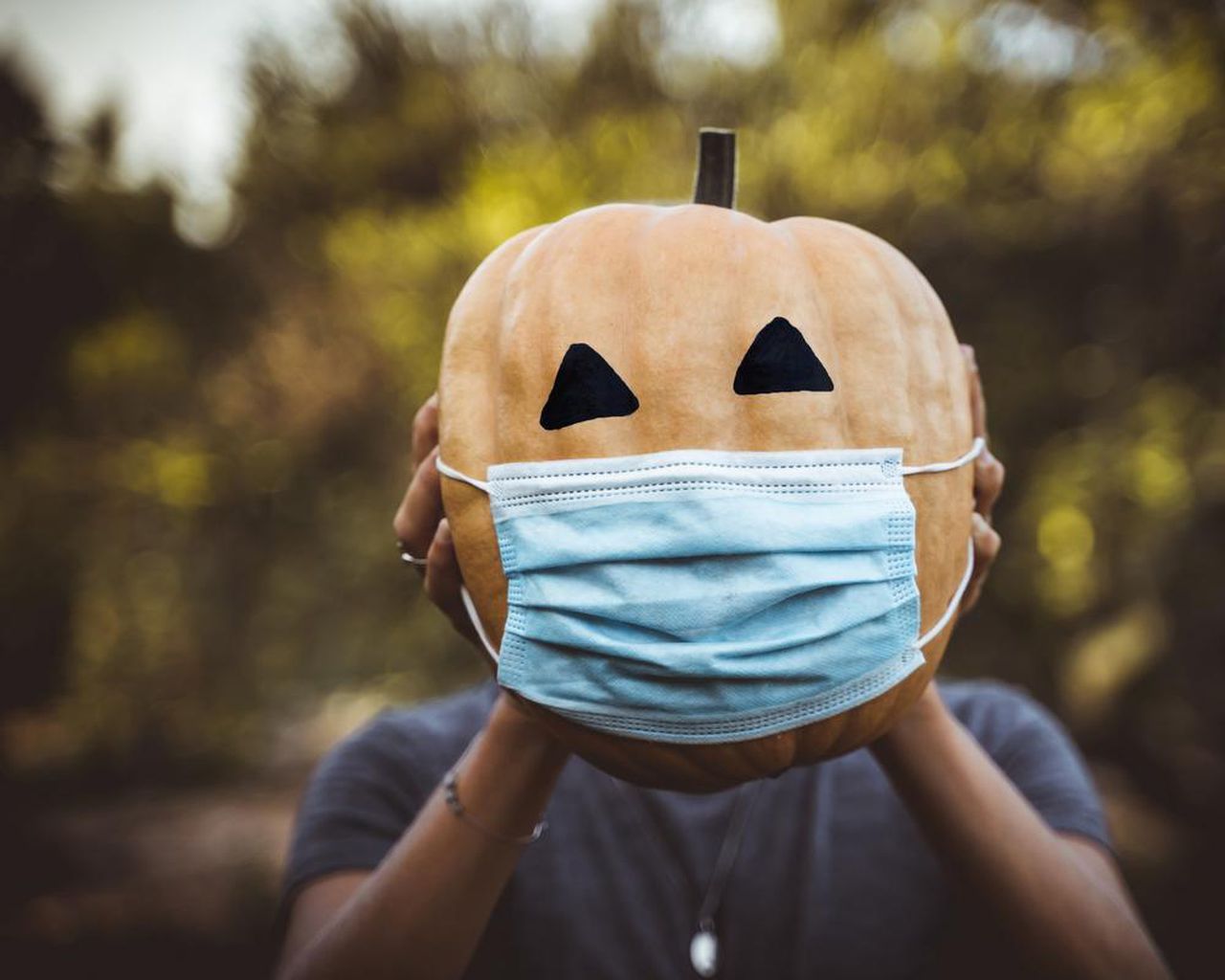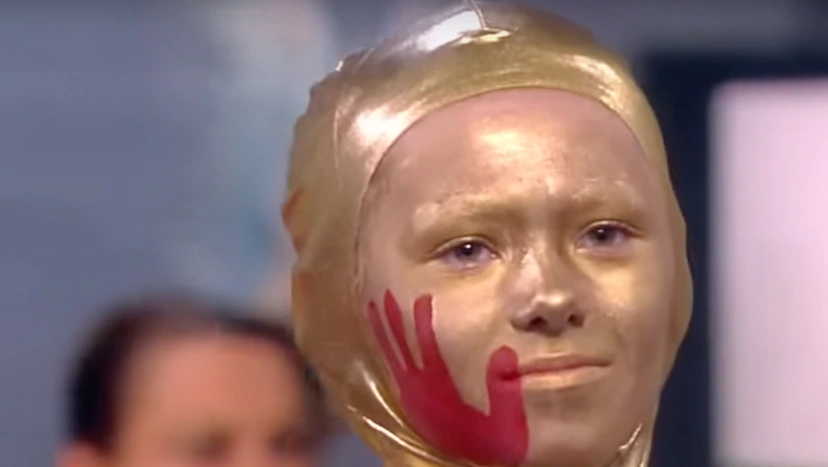International
Here’s What You Need to Know to Have a Safe Halloween

- Here’s what you need to know to have a safe Halloween
“Is it trick or treat?” Those phrases will be heard in communities across the United States on Halloween as youngsters travel door-to-door in quest of tasty sweets.

According to CNN Medical Analyst Dr. Leana Wen, trick-or-treating outside is a low-risk activity. Families should consider whether they are comfortable participating in higher-risk indoor activities, she adds.
It’s easy to get caught up in the excitement of the occasion in the midst of all the costumes and decorations.
Here are some suggestions to follow this Halloween to protect your safety, according to CNN.
Wear a face mask
Covid-19 is a serious concern, so it’s important everyone wear face masks when trick-or-treating or attending parties, said Dr. Emily Levy, pediatric infectious disease and pediatric critical care specialist at the Mayo Clinic Children’s Center in Rochester, Minnesota.
“Surgical, medical or multi-layer masks are going to be more reliably protective and better fitting as compared to costume masks,” she said via email.
If you are invited to an indoor party, it’s a good idea to ask if masks will be required, Levy noted. Larger parties with unmasked attendees could lead to the spread of Covid-19, especially for younger children who are not vaccinated yet, she said.
Families should also weigh the risks if they have a loved one who has health complications that make them more susceptible to contracting the virus, Levy said.
Stay safe around fire
Many Halloween decorations, such as jack-o’-lanterns, use fire, and they are often placed in high foot traffic areas like porches and walkways, said Erin McDermott, a spokesperson for the National Safety Council. Try using electric candles for pumpkins to limit the chance of a fire.
Costumes with fabric or other accessories that drag along the ground are at risk of catching on fire.
When selecting your costume, make sure the clothing, wigs and accessories are fire-resistant, McDermott said. It will be clearly marked on the packaging, so if you do not see a tag, assume it is not fire-resistant, she added. In addition, make sure there are no pieces dangling and that the costume is not too long.
Light up your costume
The risk of pedestrian fatalities from vehicles is 43% higher on Halloween compared to other autumn days, according to a 2019 study published in JAMA Pediatrics.
McDermott recommended trick-or-treaters wear reflective tape on their costumes as well as carrying glow sticks and flashlights so drivers can see children more easily.
Additionally, children should use crosswalks, not run between parked cars, and walk instead of running across the street, she said.
Inspect the candy
When children return home from trick-or-treating, grown-ups should inspect the candy to ensure it’s safe.
Any candy that is not commercially packaged or that has pinholes in it should be discarded, McDermott said.
If any of your children have food allergies, she recommended adults read the ingredients labels to prevent an allergic reaction.
Some treats, such as hard candies, nuts and gum, can be considered a choking hazard for young children, so they should not be left unattended with those candies, she added.
“When in doubt, throw it out,” McDermott said.
Be mindful of trick-or-treaters with autism
For some children and young adults with autism, there are many challenges that arise from trick-or-treating, said Wendy Fournier, president of the National Autism Association.
Many people with autism are unable to speak, which means they may not say “trick-or-treat” or “thank you,” she said. Eye contact can also be challenging, and some may not be able to wear a costume due to sensory issues, Fournier added.
For people passing out treats, make sure to greet everyone with understanding and kindness, she said.
“For example, instead of asking and waiting for a child to say, ‘trick-or-treat,’ just say hello or compliment them on their costume and wish them a Happy Halloween,” Fournier said via email.
Some people with autism may choose to use a blue bucket on Halloween to collect their treats, which is a signal to others that the trick-or-treater has autism.
It has recently become a divisive choice, with some saying it sets people with autism apart and potentially makes them a target for abuse, Fournier said.
On the other hand, others believe it’s a great way to discreetly alert people that the child or young adult may not be able to participate in all aspects of trick-or-treating, she added.
The decision to use a blue bucket should be based on a person’s unique needs, Fournier said.
Advertise or Publish a Story on EkoHot Blog:
Kindly contact us at [email protected]. Breaking stories should be sent to the above email and substantiated with pictorial evidence.
Citizen journalists will receive a token as data incentive.
Call or Whatsapp: 0803 561 7233, 0703 414 5611








